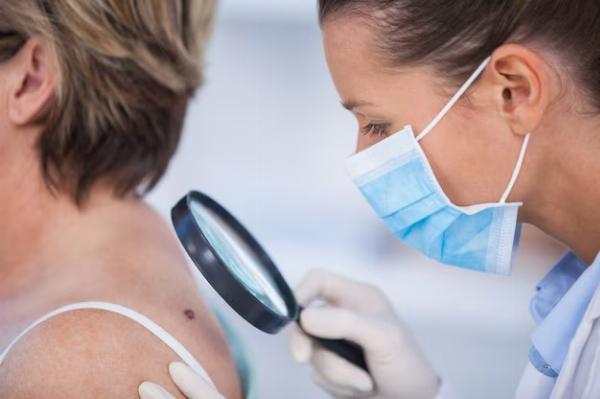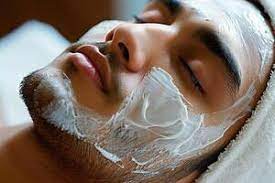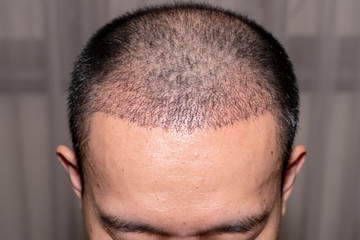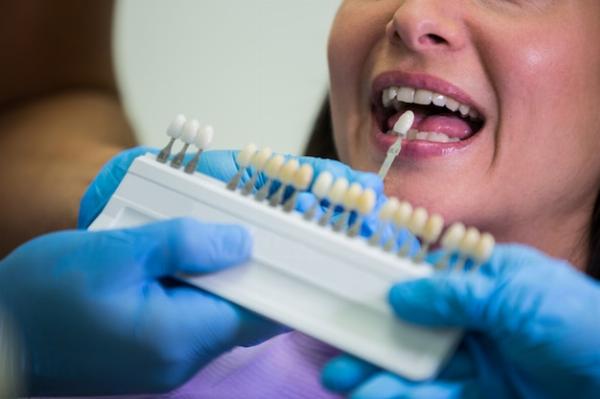Risk Assessment: Dermoscopy in Skin Cancer Screening

Strong 8k brings an ultra-HD IPTV experience to your living room and your pocket.
Dermoscopy has become a crucial tool in dermatology for the early detection and diagnosis of skin conditions, particularly skin cancer. However, its effectiveness largely depends on the skill and expertise of the practitioner. Proper training in dermoscopy is essential for healthcare providers to accurately interpret the images and make informed decisions about patient care. This article explores the importance of Dermoscopy Mole Evaluation in Dubai, the skills required for effective use, and how healthcare professionals can enhance their proficiency in this specialized field.
Understanding Dermoscopy: A Quick Overview
Dermoscopy, also known as dermatoscopy, is a non-invasive diagnostic technique that allows for the detailed examination of skin lesions. By using a dermatoscope—a handheld device equipped with a magnifying lens and a light source—clinicians can view structures beneath the skin's surface that are not visible to the naked eye. This enhanced view enables more accurate differentiation between benign and malignant lesions, thereby improving early detection rates of skin cancer.
Key Components of Dermoscopy:
Magnification: Typically 10x to 20x magnification is used to view the intricate details of skin lesions.
Lighting: Polarized or non-polarized light is used to eliminate surface reflections and provide a clear view of subsurface structures.
Image Analysis: The interpretation of patterns, colors, and structures to assess the nature of the lesion.
The Importance of Proper Training in Dermoscopy
While dermoscopy is a powerful diagnostic tool, its effectiveness is highly dependent on the operator’s skill. Without proper training, even experienced dermatologists may struggle to accurately interpret dermoscopic images, leading to misdiagnosis or unnecessary biopsies. Proper training ensures that healthcare providers can make informed decisions, leading to better patient outcomes and more efficient use of medical resources.
Benefits of Dermoscopy Training:
Improved Diagnostic Accuracy: Training helps in recognizing specific dermoscopic features associated with different skin conditions, particularly melanoma.
Reduced Need for Biopsies: Accurate dermoscopic assessment can reduce the need for unnecessary biopsies, sparing patients from invasive procedures.
Early Detection: Proficient use of dermoscopy allows for the early detection of skin cancers, increasing the chances of successful treatment.
Confidence in Decision-Making: Proper training builds confidence in healthcare providers, allowing them to make informed decisions quickly and accurately.
Essential Skills for Effective Dermoscopy Use
To use dermoscopy effectively, practitioners need to develop a range of skills that go beyond simply using the dermatoscope. These skills include pattern recognition, knowledge of dermoscopic criteria, and the ability to correlate clinical findings with dermoscopic features.
1. Pattern Recognition:
Importance: One of the most critical skills in dermoscopy is the ability to recognize patterns in skin lesions. Different types of lesions exhibit distinct patterns, such as reticular, globular, or homogeneous, which can indicate whether a lesion is benign or malignant.
How to Develop: Pattern recognition is honed through repeated exposure to a wide variety of dermoscopic images. Training programs often use image libraries to help practitioners familiarize themselves with these patterns.
2. Understanding Dermoscopic Criteria:
Importance: Dermoscopic criteria refer to specific features within a lesion that are indicative of certain skin conditions. For example, the presence of a blue-white veil is often associated with melanoma, while a starburst pattern might indicate a benign lesion like a Spitz nevus.
How to Develop: Learning dermoscopic criteria requires both theoretical knowledge and practical experience. Courses, workshops, and textbooks on dermoscopy provide the necessary foundational knowledge, while hands-on practice solidifies understanding.
3. Correlating Clinical and Dermoscopic Findings:
Importance: Effective dermoscopy requires the ability to correlate what is seen under the dermatoscope with the patient’s clinical history and physical examination. This holistic approach ensures that the dermoscopic findings are interpreted in the correct clinical context.
How to Develop: This skill is developed through experience and mentorship. Working alongside experienced dermatologists and discussing case studies can help practitioners learn how to integrate clinical and dermoscopic findings effectively.
4. Decision-Making Based on Dermoscopic Findings:
Importance: Dermoscopy is not just about identifying patterns; it’s about making informed decisions based on those patterns. Practitioners must decide whether a lesion should be monitored, biopsied, or excised based on dermoscopic findings.
How to Develop: Decision-making skills are refined through practice and feedback. Participating in case discussions and receiving input from experienced colleagues can help build this critical skill.
Pathways to Dermoscopy Training
There are several pathways to gaining proficiency in dermoscopy, ranging from formal education to self-directed learning. Each pathway has its advantages, and practitioners often use a combination of these methods to achieve a high level of competence.
1. Formal Education:
Dermoscopy Courses: Many institutions offer structured courses in dermoscopy, ranging from short workshops to comprehensive multi-day programs. These courses often include both theoretical lectures and hands-on training sessions.
Certification Programs: Some organizations offer certification in dermoscopy, which can be a valuable credential for dermatologists and other healthcare providers.
2. Mentorship and Peer Learning:
On-the-Job Training: Learning from experienced dermatologists through mentorship programs or during residency training can provide invaluable practical experience.
Case Discussions: Regularly participating in case discussions with peers can help reinforce learning and provide new insights into dermoscopic interpretation.
3. Self-Directed Learning:
Textbooks and Online Resources: A wide range of textbooks, journals, and online resources are available for those looking to deepen their understanding of dermoscopy. These resources can be particularly useful for self-directed learners.
Dermoscopy Apps: There are mobile applications designed to help practitioners practice dermoscopy by reviewing a vast collection of dermoscopic images and quizzes.
4. Continuous Professional Development:
Workshops and Conferences: Attending dermoscopy workshops and conferences can help practitioners stay updated with the latest developments and techniques in the field.
Regular Practice: Regularly using dermoscopy in clinical practice is essential for maintaining and improving proficiency.
Conclusion: The Role of Training in Effective Dermoscopy Use
Dermoscopy is a powerful tool in dermatology, but its effectiveness hinges on the skill and expertise of the practitioner. Proper training in dermoscopy is essential for accurate diagnosis, early detection of skin cancer, and informed decision-making. By developing key skills such as pattern recognition, understanding dermoscopic criteria, and correlating clinical findings, healthcare providers can enhance their proficiency and provide better care for their patients.
Whether through formal education, mentorship, or self-directed learning, continuous training and practice are crucial for mastering dermoscopy. As the field of dermatology continues to evolve, staying updated with the latest techniques and knowledge in dermoscopy will remain essential for delivering high-quality patient care. With the right training, practitioners can fully harness the potential of dermoscopy, making a significant impact on the early detection and treatment of skin conditions.
Note: IndiBlogHub features both user-submitted and editorial content. We do not verify third-party contributions. Read our Disclaimer and Privacy Policyfor details.







